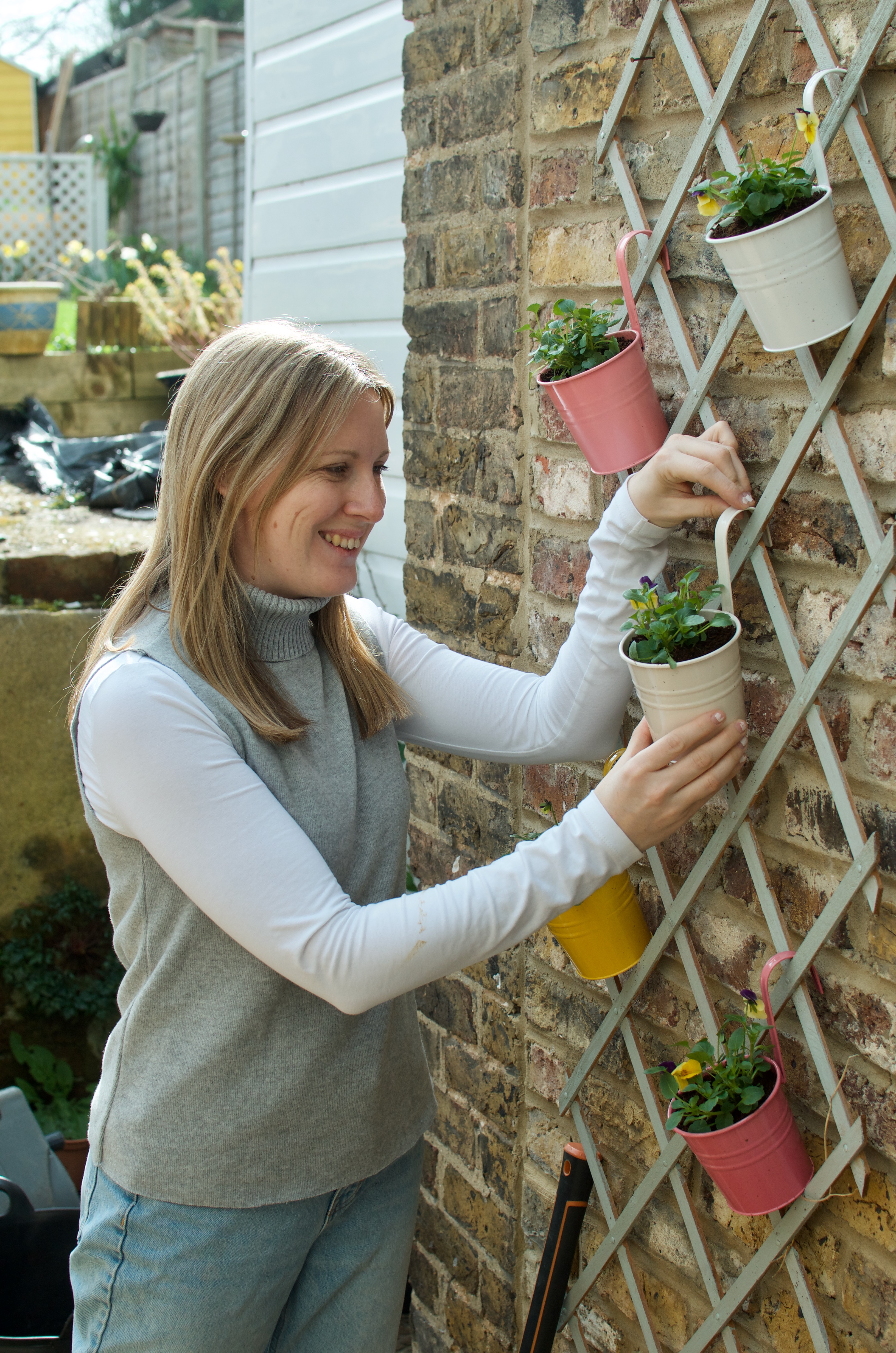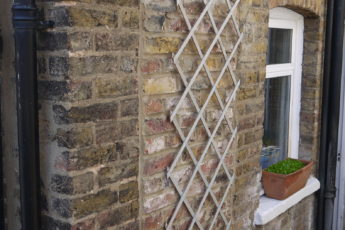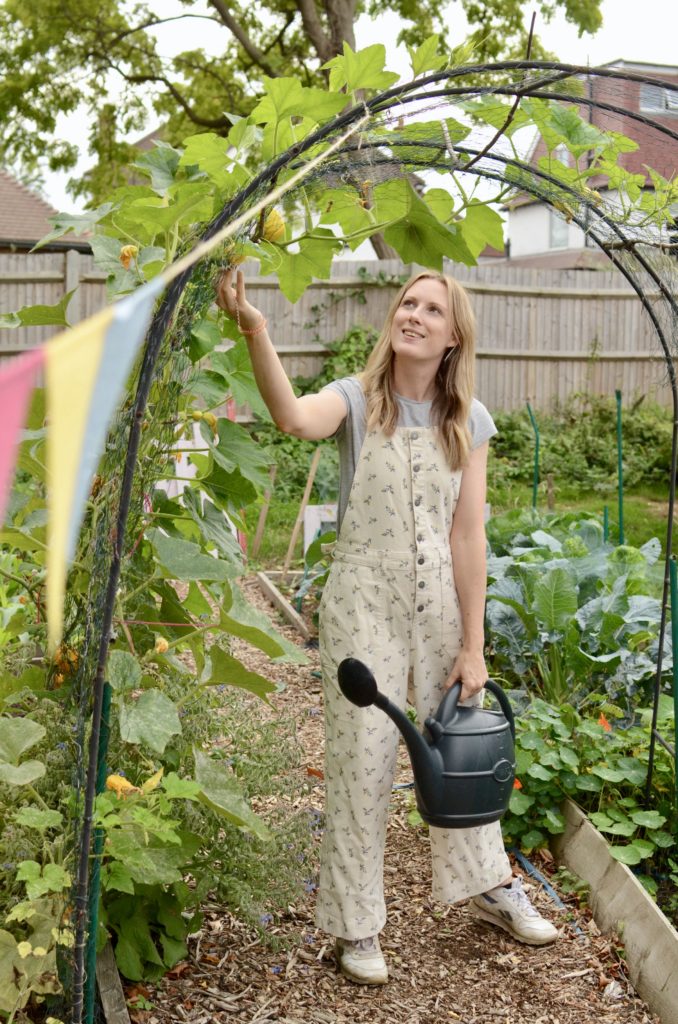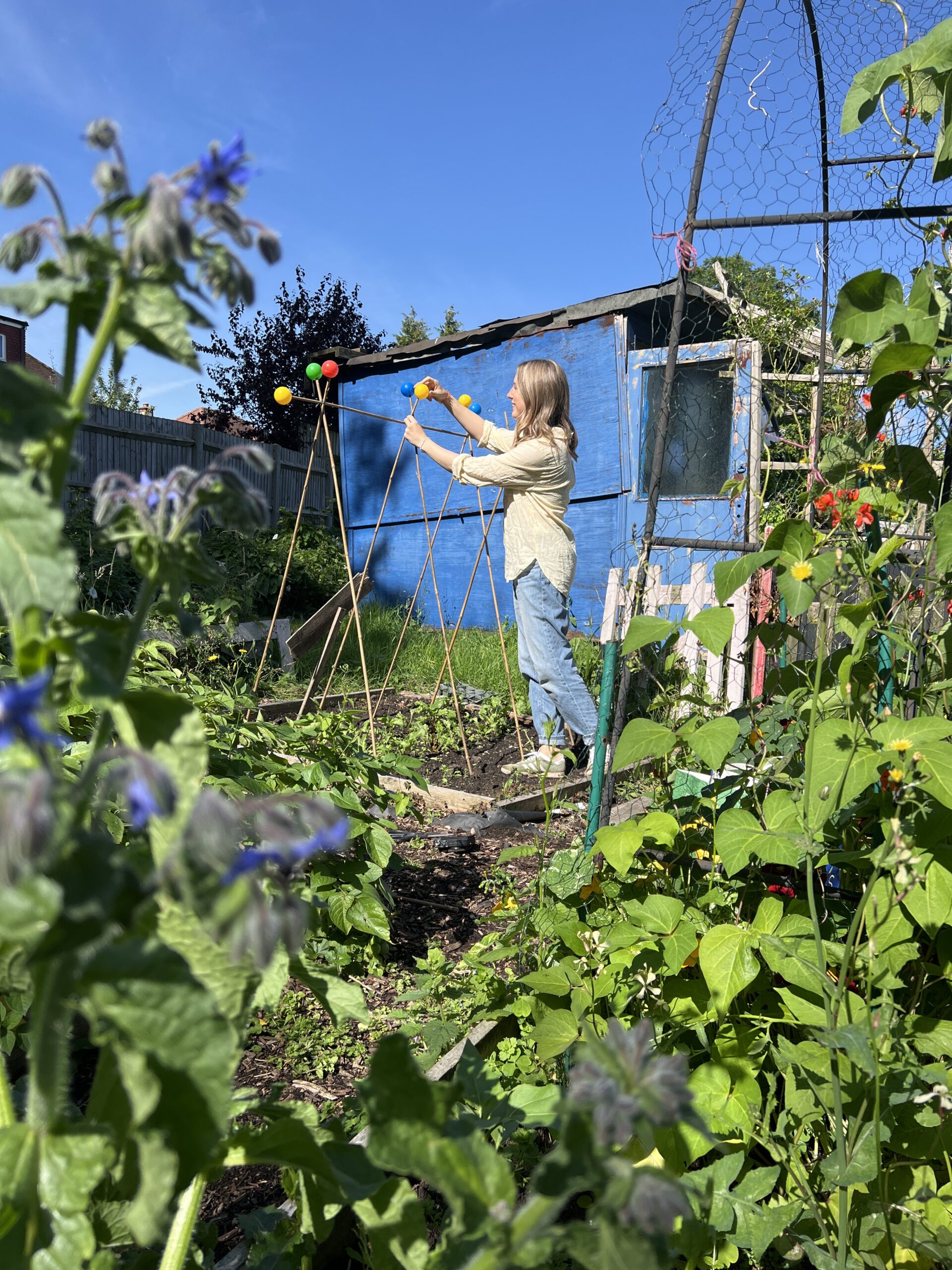When you are lacking in garden space, you might find yourself asking if you can grow vegetables in a vertical vegetable garden? The simple answer is yes, you can! Using your vertical garden space is a great way of cramming in even more delicious home grown vegetables than you could imagine! So many vegetables work well being grown vertically.
In my small courtyard garden outside my kitchen door, I plan to grow vegetables vertically as much as I can. I have wall space and fence space to do so, as well as any free standing trellis I can secure to the back of a planter.
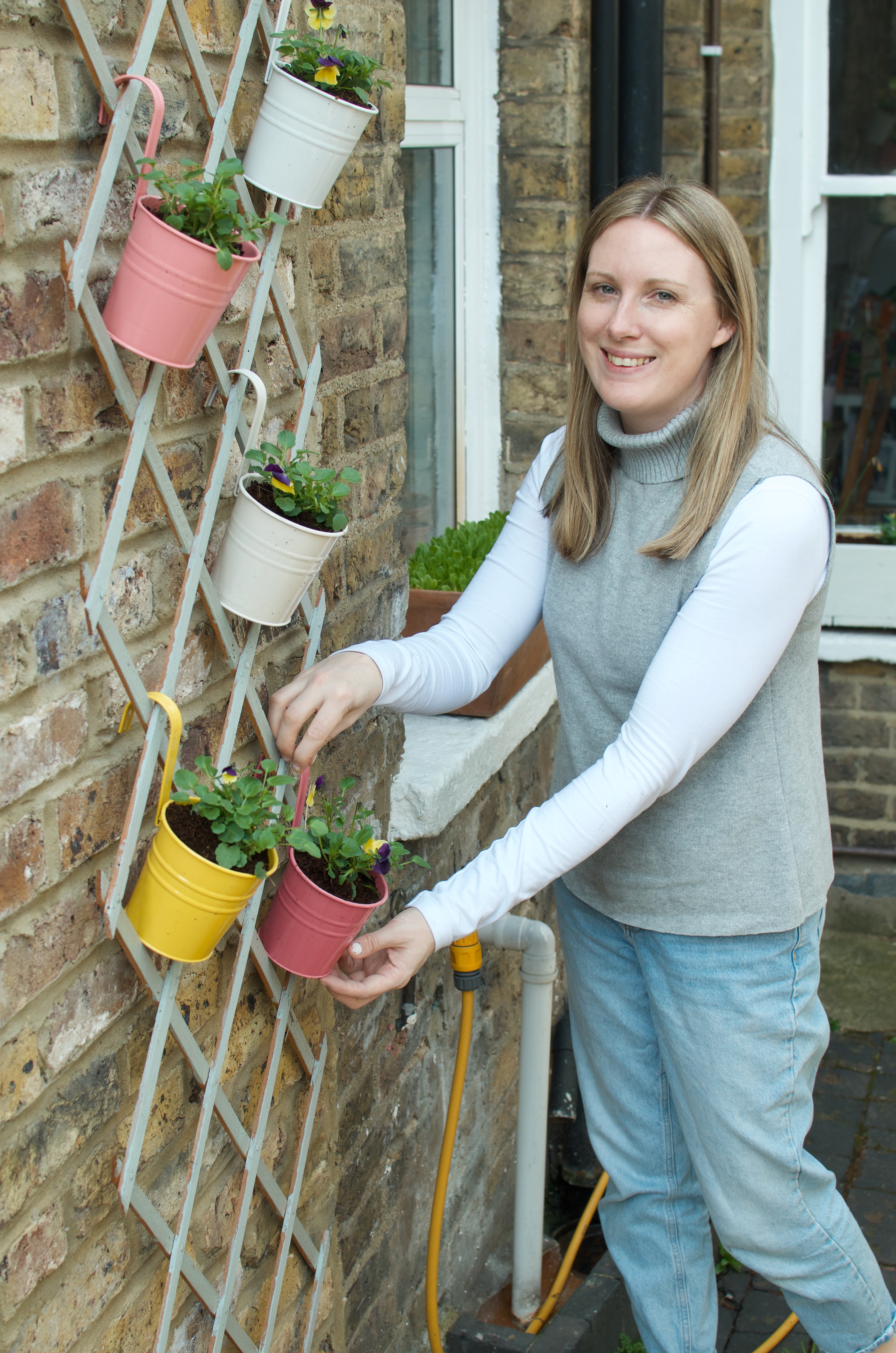
What vegetables can you grow vertically?
If a plant has tendrils (those small thin stems that wrap themselves around anything they touch) then you can pretty much bet that you can grow it vertically. The obvious ones to think of are beans, peas, and tomatoes which all tend to grow tall and high anyway. But, did you know that you can even grow things like pumpkins, cucumbers and courgettes vertically too? Take a look at those little tendrils on those plants and give them the support they need to grow up! Take a look at my guide for growing a pumpkin archway too!
Other plants, such as strawberries, tumbling tomatoes, herbs and salad leaves can all be grow in pots up a vertical structure. In fact, growing them up off of the ground is a great way of protecting them from slugs and snails who love to munch on them for their tea!
Do vegetable gardens work?
Yes they do! I plan on proving that this year by cramming as much vertical vegetables into my small courtyard garden. Vertical doesn’t just mean training plants up trellis and the side of your house, it can also include hanging baskets, hanging pots and archways. So get creative and get that veg up off the ground.
What are the disadvantages of vertical vegetable gardening?
One thing to think about is moisture. Pots and hanging baskets will need a lot of watering and probably a good feed of compost of plant feed such as seaweed to keep them going. If you’re growing in vertical planters up the side of your house, think about the water that will be splashing onto the side of your house and make sure you don’t get a damp problem!
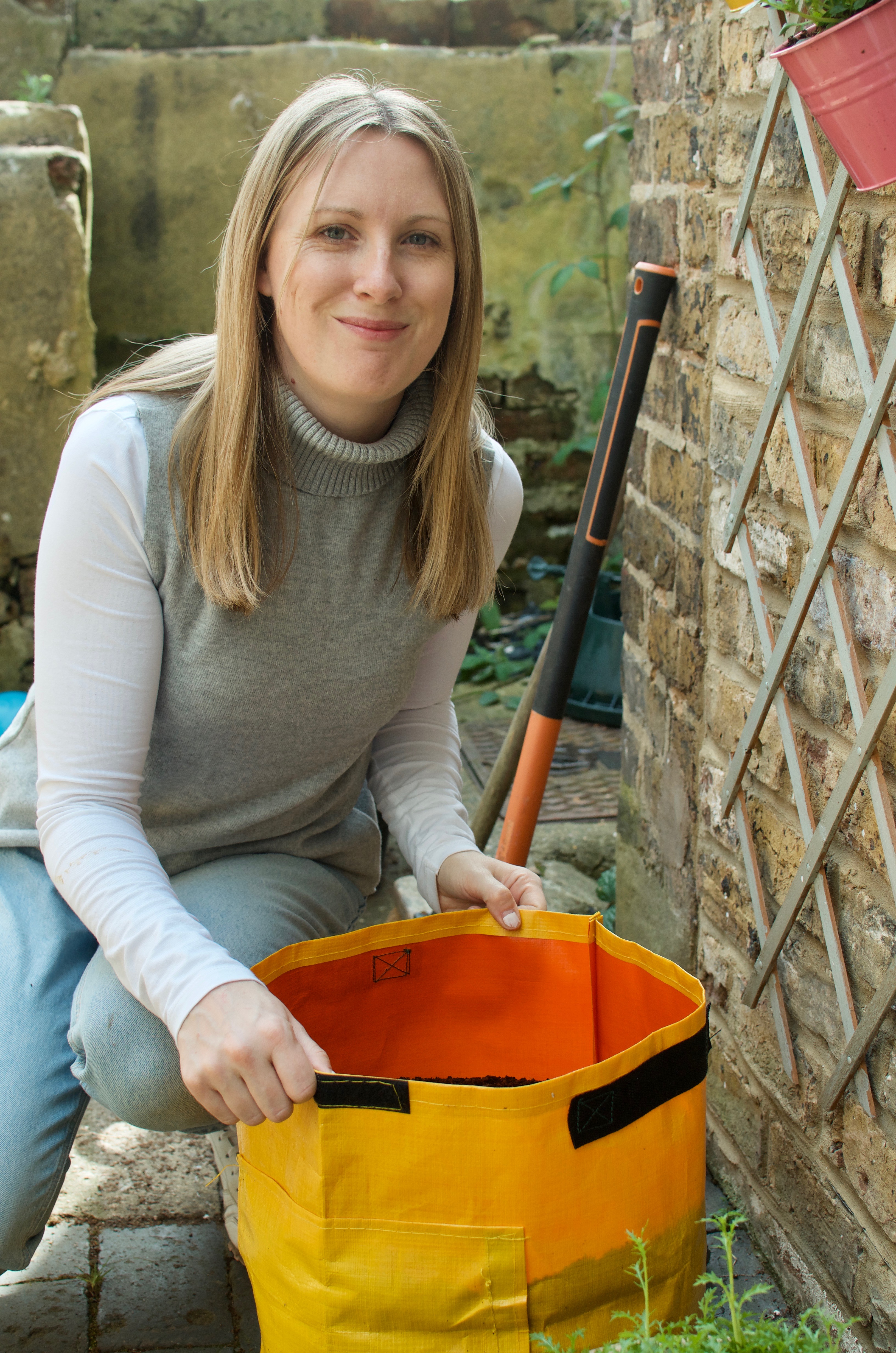
How do you start a vertical vegetable garden?
Start by taking stock of your space. Can you fit trellis to walls and fences? Trellis is a great structure to train beans, peas and tomatoes up as they love to cling on. Think about utilising things like hanging pots, hanging baskets and even stretching wire across posts.
Start small and build your way up. Remember that larger vegetables such as pumpkins will require a larger pot and may spill over along the ground, even if you are training them to grow up! Be adventurous though. I think you will be surprised about how much veg you ca cram into a small space when you begin to use your vertical space more efficiently.
I hope this advice helps you if you are thinking about starting a vertical vegetable garden. I look forward to sharing lots more of my ideas and hopefully, all the delicious vegetables I manage to get from my small courtyard garden!


